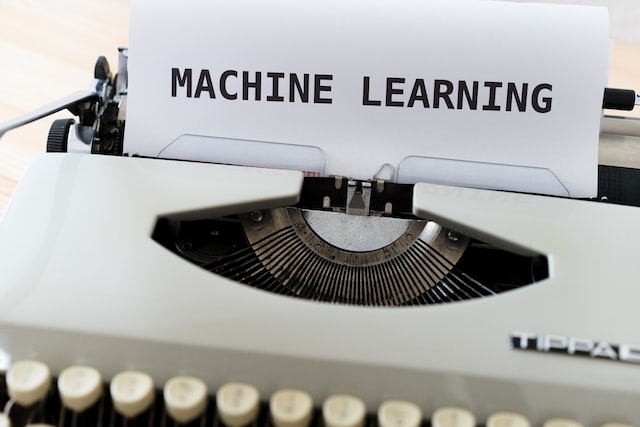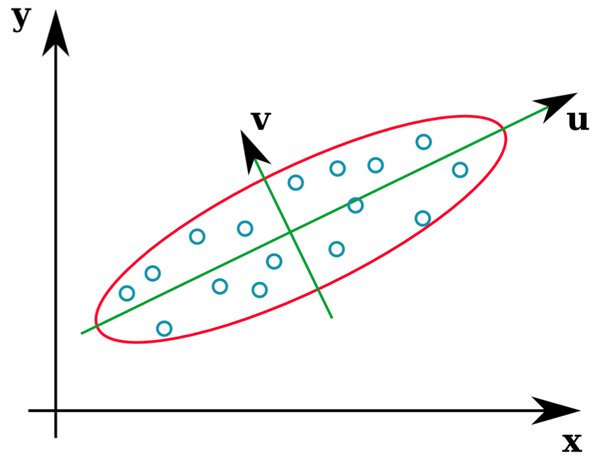Most machine learning problems require a lot of hyperparameter tuning. Unfortunately, we can’t provide concrete tuning rules for every model. Lowering the learning rate can help one model converge efficiently but make another model converge much too slowly. You must experiment to find the best set of hyperparameters for your dataset. That said, here are a few rules of thumb:
- Training loss should steadily decrease, steeply at first, and then more slowly until the slope of the curve reaches or approaches zero.
- If the training loss does not converge, train for more epochs.
- If the training loss decreases too slowly, increase the learning rate. Note that setting the training loss too high may also prevent training loss from converging.
- If the training loss varies wildly (that is, the training loss jumps around), decrease the learning rate.
- Lowering the learning rate while increasing the number of epochs or the batch size is often a good combination.
- Setting the batch size to a very small batch number can also cause instability. First, try large batch size values. Then, decrease the batch size until you see degradation.
- For real-world datasets consisting of a very large number of examples, the entire dataset might not fit into memory. In such cases, you’ll need to reduce the batch size to enable a batch to fit into memory.




